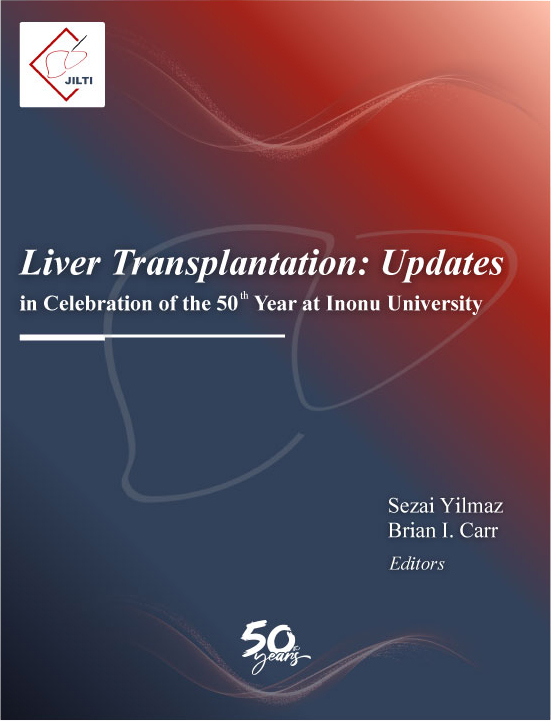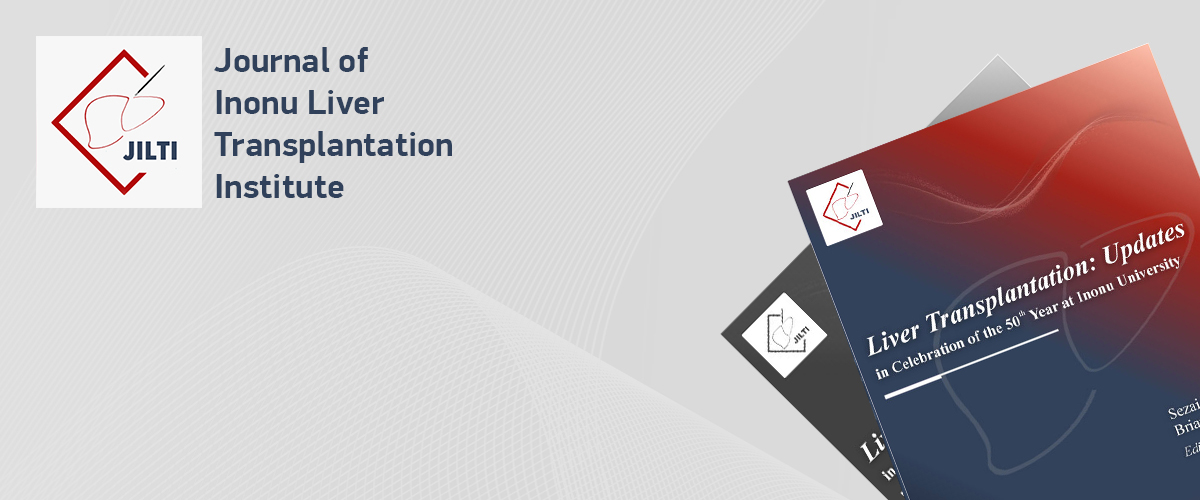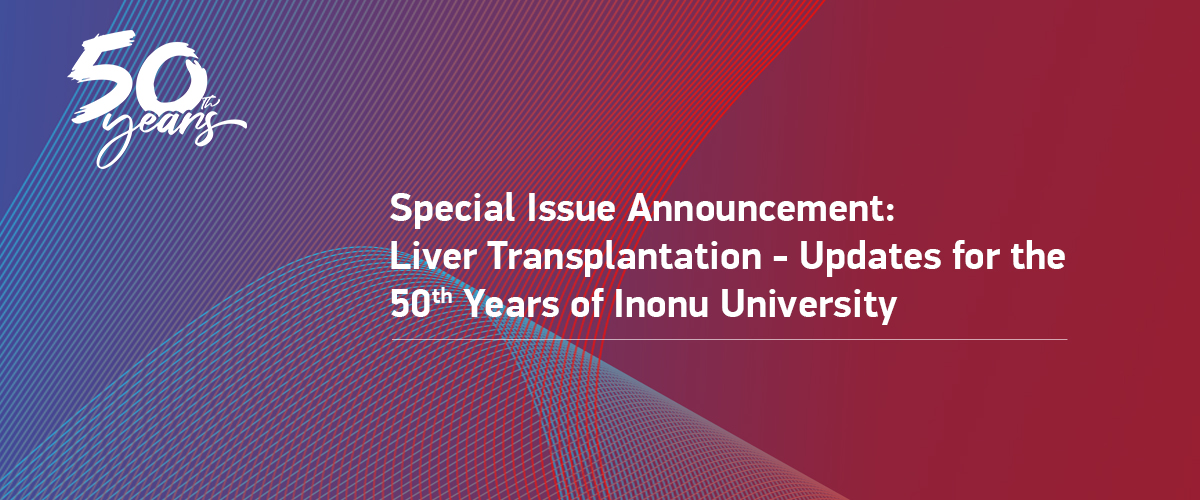Effect of Bile on Fatty Liver and Metabolism in Rats
Mehmet Zeki Öğüt1, Adem Tuncer1, Engin Korkmaz2, Onural Ozhan3, Ayse Nur Akatlı4, Yunus Önal5, Adil Baskiran1, Sezai Yilmaz11Department of Surgery and Liver Transplant Institute, Inonu University Faculty of Medicine, Malatya, Türkiye2Department of Physiology, Faculty of Medicine, Inonu University, Malatya, Türkiye
3Department of Pharmacology, Inonu University Faculty of Medicine Malatya, Türkiye
4Department of Pathology, Inonu University Faculty of Medicine, Malatya, Türkiye
5Department of Chemical Engineering, Inonu University Engineering Faculty Campus Malatya, Türkiye
Objectives: Non-alcoholic fatty liver disease (NAFLD) is a range of liver disorders ranging from accumulation of fat in the liver (steatosis) to non-alcoholic steatohepatitis (necrosis and inflammation), eventually progressing in some individuals to fibrosis, cir-rhosis, and liver failure, respectively.
Methods: The bile taken from the gallbladder, which was removed as a specimen from donor hepatectomy and living donor liver transplantation (LDLT) performed at Liver Transplantation Institute, was delivered daily to İnönü University Experimental Animal Production and Research Center under suitable conditions for use in the project. Monthly weights of all rats included in the study and the amount of bile consumed by rats in separate cages in the bile group were recorded.
Results: When the change in rat weights according to months was analyzed in the three groups 1st month, 2nd month, and 3rd month are made separately, the comparisons between the groups. Statistically significant differences were detected in the first month (p<0.001) and in the 3rd month (p=0.001).
Conclusion: This study aimed to determine whether bile contributes to the reduction of fatty liver. It was aimed to observe the effect of human bile fluid by giving it to study animals. In this study, by comparing the rats to which we gave bile by creating fatty liver, with the group with fatty liver damage and the control group, it was shown that bile improved fatty liver. In addition, it has been determined that bile has significant effects on routinely used laboratory tests such as ALT, ALP, cholesterol, triglyceride, HDL, and VLDL. When the results are evaluated, they make important contributions to the question of whether bile can be used by ex-ogenous administration in the human body.
Keywords: Bile, bile acid, fatty liver.
Manuscript Language: English





